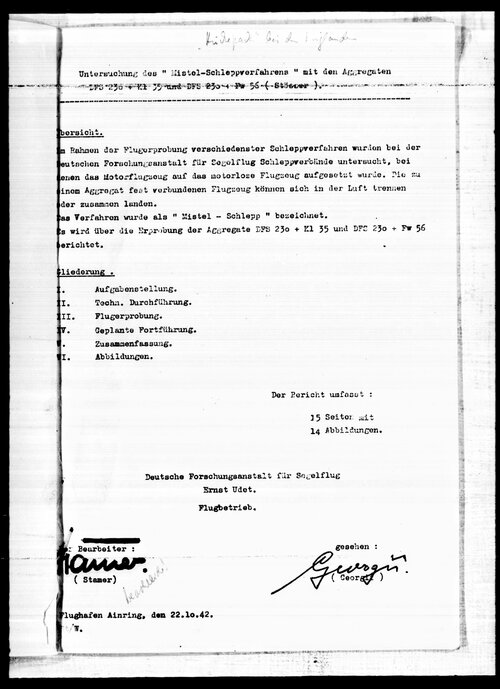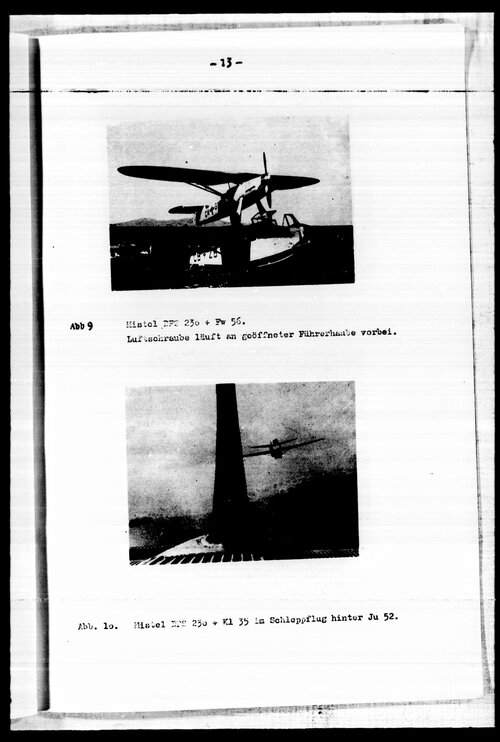Hi everybody
I have found another strange and little known Secret Project !
Here is a little Text about the Blohm Voss P.214 manned FLA-BOMB.
http://de.wikipedia.org/wiki/Blohm_&_Voss_P_214
http://www.luft46.com/pjtlstbv.html
Are there any other informations about this Project !
Thanks in advance
I have found another strange and little known Secret Project !
Here is a little Text about the Blohm Voss P.214 manned FLA-BOMB.
http://de.wikipedia.org/wiki/Blohm_&_Voss_P_214
http://www.luft46.com/pjtlstbv.html
Are there any other informations about this Project !
Thanks in advance




















